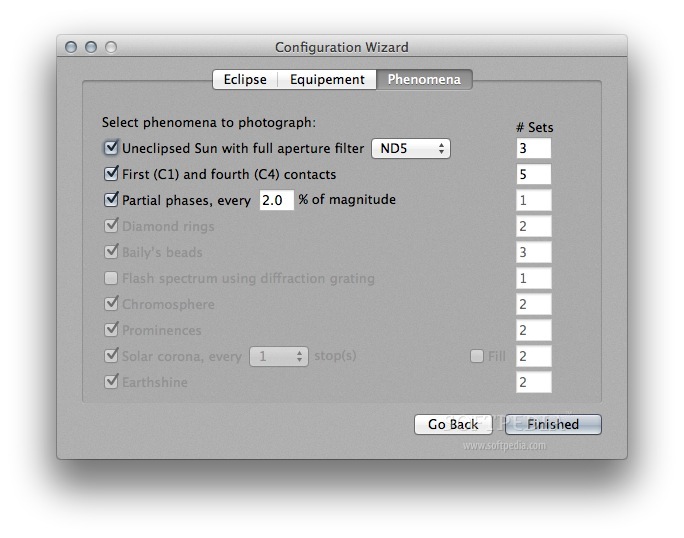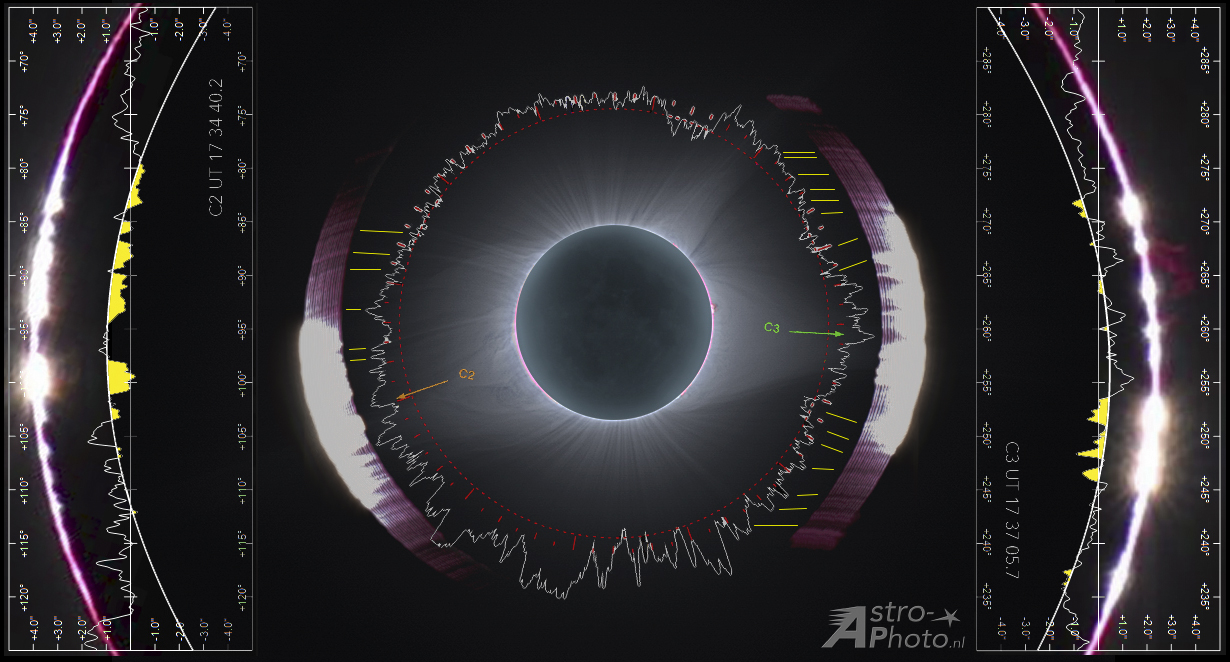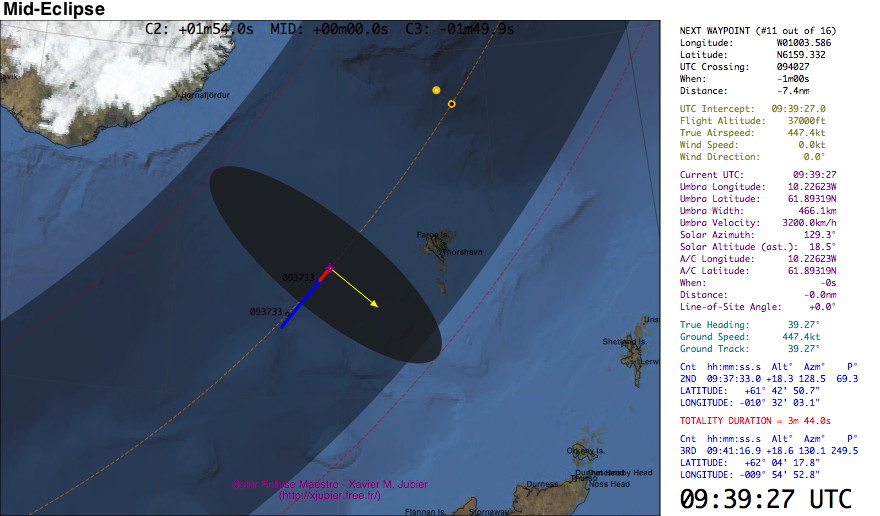
- #SOLAR ECLIPSE MAESTRO KESTREL UPDATE#
- #SOLAR ECLIPSE MAESTRO KESTREL SOFTWARE#
#SOLAR ECLIPSE MAESTRO KESTREL SOFTWARE#
It sets the software to an arbitrary time without messing up the Mac’s clock.
Simulated Second Contact - Use this to test your eclipse scripts starting forty seconds before second contact. Simulated First Contact - Use this to test your eclipse scripts starting forty seconds before first contact. It sets the software to an arbitrary date and time without messing up the Mac’s clock. Simulated Time… (⌥⌘T) - Use this to test your eclipse scripts. Current Time - The application clock matches the Mac’s clock (except for the optional clock error correction), this is "real time". #SOLAR ECLIPSE MAESTRO KESTREL UPDATE#
Eclipse Chasers Database… - Allows you to automatically update your eclipse observations in Bill Kramer’s Eclipse chasers database (requires an active Internet connection).Locations Timezone Update - Allows you to automatically update the timezone of every observer’s locations (requires an active Internet connection).Record Position - Continuously save the GPS data to a text file.Spaceborne - Track the GPS position every second.

Airborne (Fast) - Track the GPS position every 2 seconds.Airborne (Slow) - Track the GPS position every 5 seconds.
 Shipborne - Track the GPS position every 30 seconds. Stationary - Track the GPS position every 2 minutes. Turned Off - There will be no GPS tracking. The GPS track log file named GPS_Track_Log.txt is created inside the Solar Eclipse Maestro folder located in the current user’s Documents folder. Enabled only when the GPS is connected and has a position fix. GPS Position Tracking - If a GPS is connected, the position of the moving observer can be tracked and the eclipse circumstances recomputed at a frequency tied to the speed of the mean of transport used (seaship, airplane or spaceship). Update Location from GPS (⌘6) - If a GPS is connected, the observer’s coordinates are updated, then the local circumstances and event times are recalculated, and finally any running script is reloaded to make the event time changes take effect. Location… (⌥⌘L) - View or modify latitude, longitude and altitude in the Photographer Location dialog. Close (⌘W) - Close the frontmost window. When the emergency script is active the menu item is labelled as Stop Emergency Script. being executed, then reload any regular script that was already referenced. Unload Emergency Script (⌘⇪U) - Stops execution of the emergency script if one was active, i.e. Unload Script (⌘U) - Stops execution of a script. Reload Script (⌘R) - Rereads the script file. Load Emergency Script… (⌘K) - Load the emergency script without executing it.
Shipborne - Track the GPS position every 30 seconds. Stationary - Track the GPS position every 2 minutes. Turned Off - There will be no GPS tracking. The GPS track log file named GPS_Track_Log.txt is created inside the Solar Eclipse Maestro folder located in the current user’s Documents folder. Enabled only when the GPS is connected and has a position fix. GPS Position Tracking - If a GPS is connected, the position of the moving observer can be tracked and the eclipse circumstances recomputed at a frequency tied to the speed of the mean of transport used (seaship, airplane or spaceship). Update Location from GPS (⌘6) - If a GPS is connected, the observer’s coordinates are updated, then the local circumstances and event times are recalculated, and finally any running script is reloaded to make the event time changes take effect. Location… (⌥⌘L) - View or modify latitude, longitude and altitude in the Photographer Location dialog. Close (⌘W) - Close the frontmost window. When the emergency script is active the menu item is labelled as Stop Emergency Script. being executed, then reload any regular script that was already referenced. Unload Emergency Script (⌘⇪U) - Stops execution of the emergency script if one was active, i.e. Unload Script (⌘U) - Stops execution of a script. Reload Script (⌘R) - Rereads the script file. Load Emergency Script… (⌘K) - Load the emergency script without executing it. 
When a script is loaded, menu items performing camera actions in the Camera menu are deactivated even if a camera is connected. Open Script… (⌘O) - Open a script file so you can modify it.Configuration Wizard… - Set the eclipse, observer’s location and photography equipment to generate a basic camera script.Preferences… - Open the application preferences window.Check for Updates… - Look on my Internet website for an updated version of the application.
 Make a Donation… - Allow you to make a PayPal donation for the use of the application and the hard work behing it. About Solar Eclipse Maestro - Display the application version and other information. Many features and settings can only be accessed through the numerous contextual menus. Menu items are enabled/disabled according to the context.
Make a Donation… - Allow you to make a PayPal donation for the use of the application and the hard work behing it. About Solar Eclipse Maestro - Display the application version and other information. Many features and settings can only be accessed through the numerous contextual menus. Menu items are enabled/disabled according to the context.








 0 kommentar(er)
0 kommentar(er)
